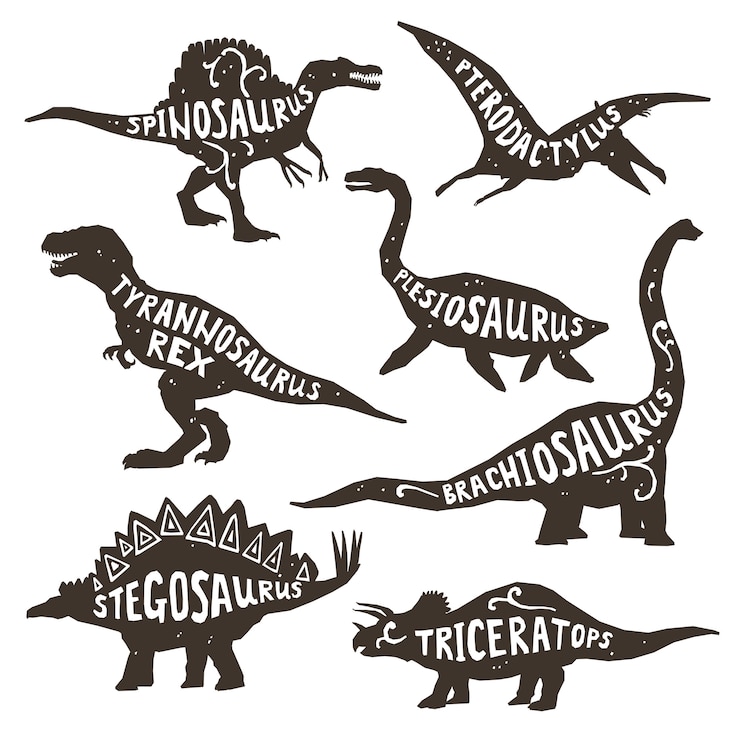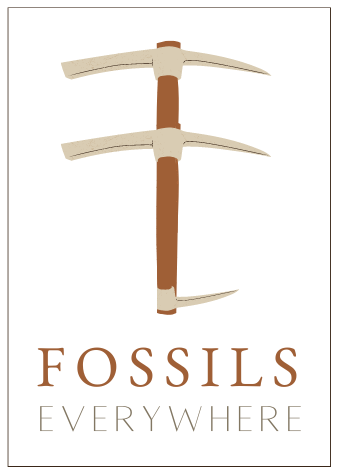Notable Fossil Discoveries
The First Dinosaur Fossil Discovery

The first recorded discovery of a dinosaur fossil took place in 1677 when naturalist Robert Plot discovered some bones in a quarry in Oxfordshire, England. These fossils were identified as belonging to an extinct creature that Plot called a “dinosaurus.” However, it would be nearly 100 years before the term “dinosaur” was actually coined. The first use of the word “dinosaur” appeared in 1841 in Richard Owen’s report on fossils found in the Haverhill area of Suffolk, England. Owen used the term to describe these creatures, which he believed were distinct from other reptiles due to their size and skeletal structure.
The First Pterosaur Fossil Discovery

Pterosaurs were flying reptiles that lived during the Mesozoic Era (252-66 million years ago). The first recorded discovery of a pterosaur fossil took place in 1784 when Austrian naturalist Ferenc Nopcsa von Felső-Szilvás discovered some bones in Hungary. Nopcsa initially believed that these fossils belonged to a Giant Ground Sloth, but he later revised his opinion after realizing that the bones were too fragile to belong to such a large animal. It wasn’t until 1809 that Georges Cuvier formally identified the fossils as belonging to a new species of pterosaur, which he named Pterodactylus antiquus.
The First Australopithecus Fossil Discovery

Australopithecus is an extinct genus of hominids that contains multiple species, including Australopithecus afarensis—better known as “Lucy.” Lucy was discovered in 1974 by paleoanthropologist Donald Johanson and his team at Hadar, Ethiopia. Lucy’s fossilized remains belong to an individual who lived approximately 3.2 million years ago and stood about 3.5 feet tall. Lucy is one of the most significant fossil discoveries in history as she helped disprove the long-held belief that humans descended directly from apes. Instead, Lucy’s fossils showed that humans and apes share a common ancestor.
Fossils from Argentina

In Argentina, scientists have discovered a new type of fossil that is believed to be from the Cretaceous period. This new discovery is providing insight into the lives of animals during that time. The fossils were discovered in a Patagonian province and are providing information about the ecology of the region. The fossils include remains of plants and animals, including dinosaurs. This discovery is helping scientists to understand more about the Cretaceous period and the creatures that lived during that time.
Fossils from China
In China, scientists have discovered a cache of fossils that provides new information about an ancient civilization. The fossils were discovered in a tomb and are believed to be from the Qin dynasty. The Qin dynasty was a short-lived empire that was characterized by its military might and its terra cotta warriors. These new fossils are helping scientists to understand more about this ancient civilization and its people.
Fossils from Africa

In Africa, scientists have discovered a series of fossilized footprints that provide new information about early humans. The footprints were discovered in Tanzania and are believed to be from Homo erectus, which is an early human ancestor. This discovery is helping scientists to understand more about human evolution and the movements of early humans.
